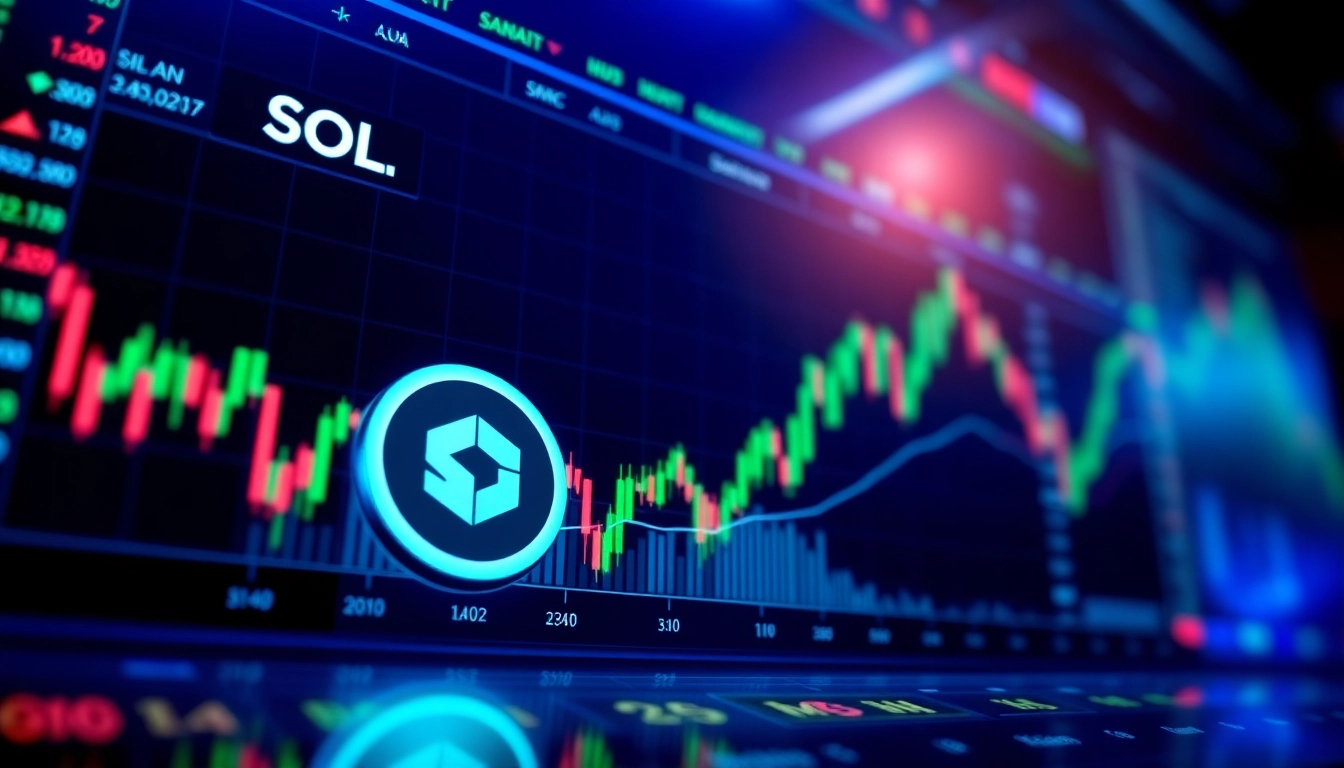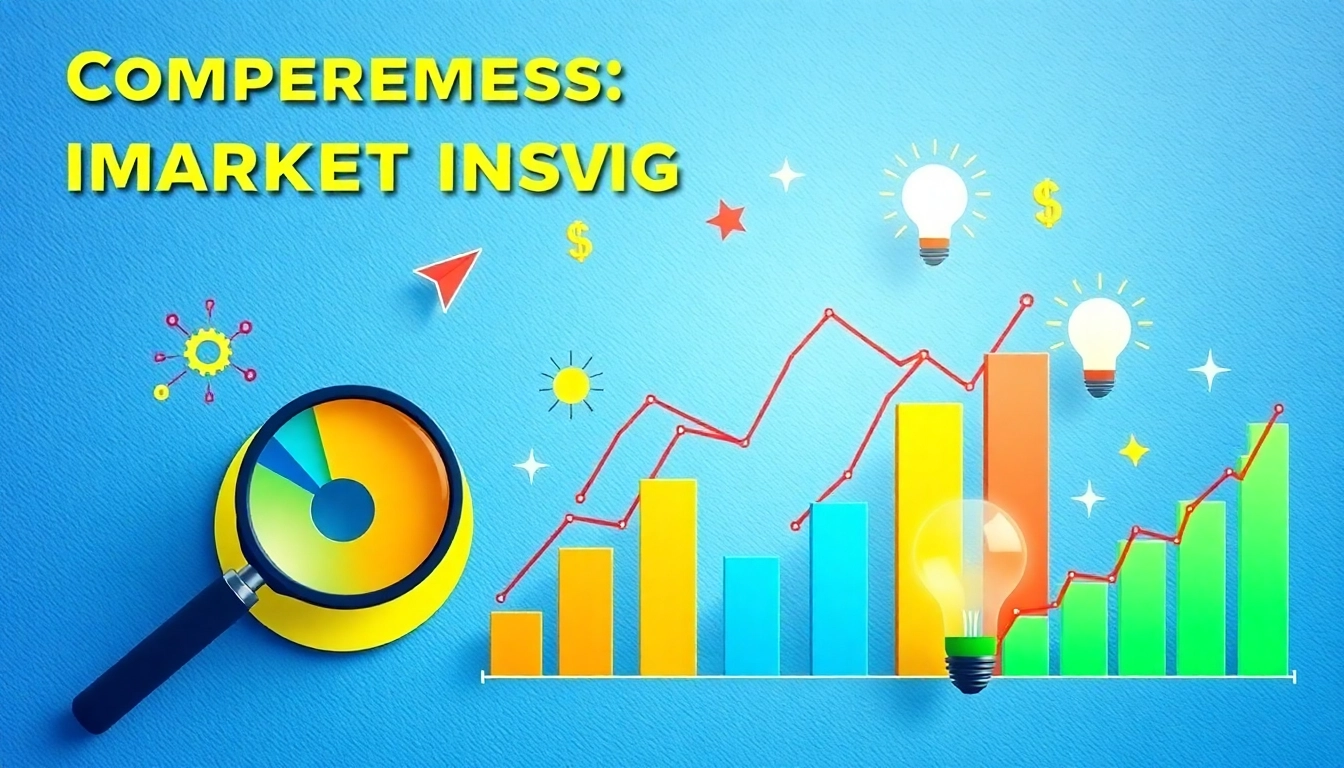Introduction to Tradings
In today’s fast-paced financial environment, the concept of tradings has evolved into a significant aspect of investment strategies for individuals and organizations alike. Whether you’re a seasoned investor or just starting out, understanding the fundamentals of trading is essential for navigating the complexities of financial markets. This comprehensive guide will delve into the nuances of trading, exploring its definitions, historical context, varieties, key strategies, challenges, and future prospects.
What is Trading?
Trading refers to the act of buying and selling financial instruments, such as stocks, bonds, commodities, currencies, and derivatives, with the aim of making a profit. Unlike investing, which typically focuses on long-term capital appreciation, trading often involves shorter timeframes and aims to capitalize on market fluctuations. Traders can operate in various capacities, using different methods and philosophies to harness market opportunities.
History and Evolution of Tradings
The origins of trading can be traced back to ancient civilizations, where barter systems facilitated the exchange of goods. As societies progressed, the introduction of currency revolutionized trading practices. The establishment of stock exchanges in the 17th century marked a turning point, allowing for organized trading of shares in companies. Over the centuries, advancements in technology and globalization have transformed trading further, allowing for real-time means of transaction and access to global markets.
Why Engage in Trading?
Individuals and institutions engage in trading for several reasons, including:
- Profit Generation: Traders seek to capitalize on price fluctuations to earn profits.
- Diverse Portfolio: Trading enables investors to diversify their holdings, mitigating risk.
- Market Participation: Traders can influence market dynamics, contributing to the overall liquidity of financial markets.
- Personal Growth: Engaging in trading enhances financial literacy and understanding of market forces.
Types of Tradings
Forex Trading Explained
Forex trading, or foreign exchange trading, involves the simultaneous buying of one currency and selling of another, with the intention of profiting from currency fluctuations. The Forex market is the largest financial market globally, operating 24 hours a day, five days a week. Traders utilize various strategies and tools to analyze market trends, and they can trade with leverage, allowing them to control larger positions with a relatively small amount of capital.
Stock Tradings Overview
Stock trading refers to the buying and selling of shares in publicly traded companies. The fundamental premise of stock trading is the potential for profit through capital gains as the value of the shares increases. Traders can engage in day trading, swing trading, or long-term investing depending on their strategies and market outlook. Key considerations in stock trading include understanding company fundamentals, market sentiment, and external economic factors.
Crypto Tradings: The New Frontier
Cryptocurrency trading has surged in popularity due to the rise of blockchain technology and decentralized finance (DeFi). Cryptocurrencies are digital assets that operate independently of central authorities, offering unique trading opportunities. Traders can take advantage of market volatility, liquidity, and innovative financial products such as futures and options. However, cryptocurrency trading is also associated with significant risks, including regulatory uncertainty and market manipulation.
Key Strategies for Effective Tradings
Technical Analysis Basics
Technical analysis involves studying historical price data and market trends to forecast future price movements. By analyzing charts, patterns, and indicators, traders can identify potential entry and exit points. Key tools in technical analysis include moving averages, Relative Strength Index (RSI), Bollinger Bands, and Fibonacci retracements. Understanding these tools can enhance a trader’s ability to make informed decisions based on market dynamics.
Fundamental Analysis Techniques
Fundamental analysis assesses the intrinsic value of a financial instrument by evaluating economic indicators, company performance, and industry conditions. Traders utilize earnings reports, economic data releases, and geopolitical events to gauge market sentiment and potential price movements. This analysis helps in making informed decisions based on broader economic factors rather than solely on price action.
Risk Management Strategies
Effective risk management is crucial in trading to minimize losses and protect capital. Traders can implement strategies such as setting stop-loss orders, position sizing, and diversifying portfolios. Additionally, maintaining a risk-reward ratio that justifies potential trades can enhance overall profitability while minimizing exposure to adverse market movements.
Common Challenges in Tradings
Understanding Market Volatility
Market volatility represents the degree of price fluctuation over a certain period. While volatility can create opportunities for profit, it also poses risks. Traders must be adept at recognizing trends and adjusting their strategies accordingly. Utilizing volatility indicators and tools, such as the VIX index or Average True Range (ATR), can provide insights into potential price movements.
Dealing with Emotional Trading
Emotional biases can significantly impact a trader’s decision-making process. Fear and greed often lead to irrational trading behaviors, resulting in losses. Traders can mitigate these effects by developing a disciplined trading plan, setting clear objectives, and adhering to strategies rather than impulsively reacting to market movements.
Overcoming Information Overload
The vast amount of information available in today’s digital world can overwhelm traders, leading to analysis paralysis. It is crucial for traders to focus on relevant data and indicators that align with their trading strategies. Establishing a structured approach to information analysis, utilizing technology such as trading platforms that aggregate data, can help streamline decision-making processes.
Trends and Future of Tradings
Impact of Technology on Trading
Technological advancements have transformed the trading landscape by enabling high-frequency trading, algorithmic trading, and the use of artificial intelligence for predictive analytics. These technologies enhance trading efficiency, execution speed, and data analysis capabilities. As technology continues to evolve, traders must adapt to new tools and innovations that may impact their strategies.
The Role of AI and Algorithms
Artificial Intelligence (AI) and machine learning are increasingly integrated into trading systems, providing traders with advanced analytical capabilities. Algorithms can analyze vast datasets far beyond human capacity, identifying patterns and executing trades based on predefined parameters. As these technologies mature, they will likely play an even more pivotal role in shaping trading strategies and market dynamics.
Future Predictions for Tradings
The future of trading is poised for continuous evolution. As retail trading gains momentum, driven by accessibility and technological conveniences, financial markets may confront greater volatility and competition. Furthermore, the rise of decentralized finance and blockchain-based trading platforms is expected to disrupt traditional market structures, fundamentally altering how trades are executed and settlements processed. Adapting to these changes will be crucial for traders seeking sustained success in an ever-evolving financial landscape.



